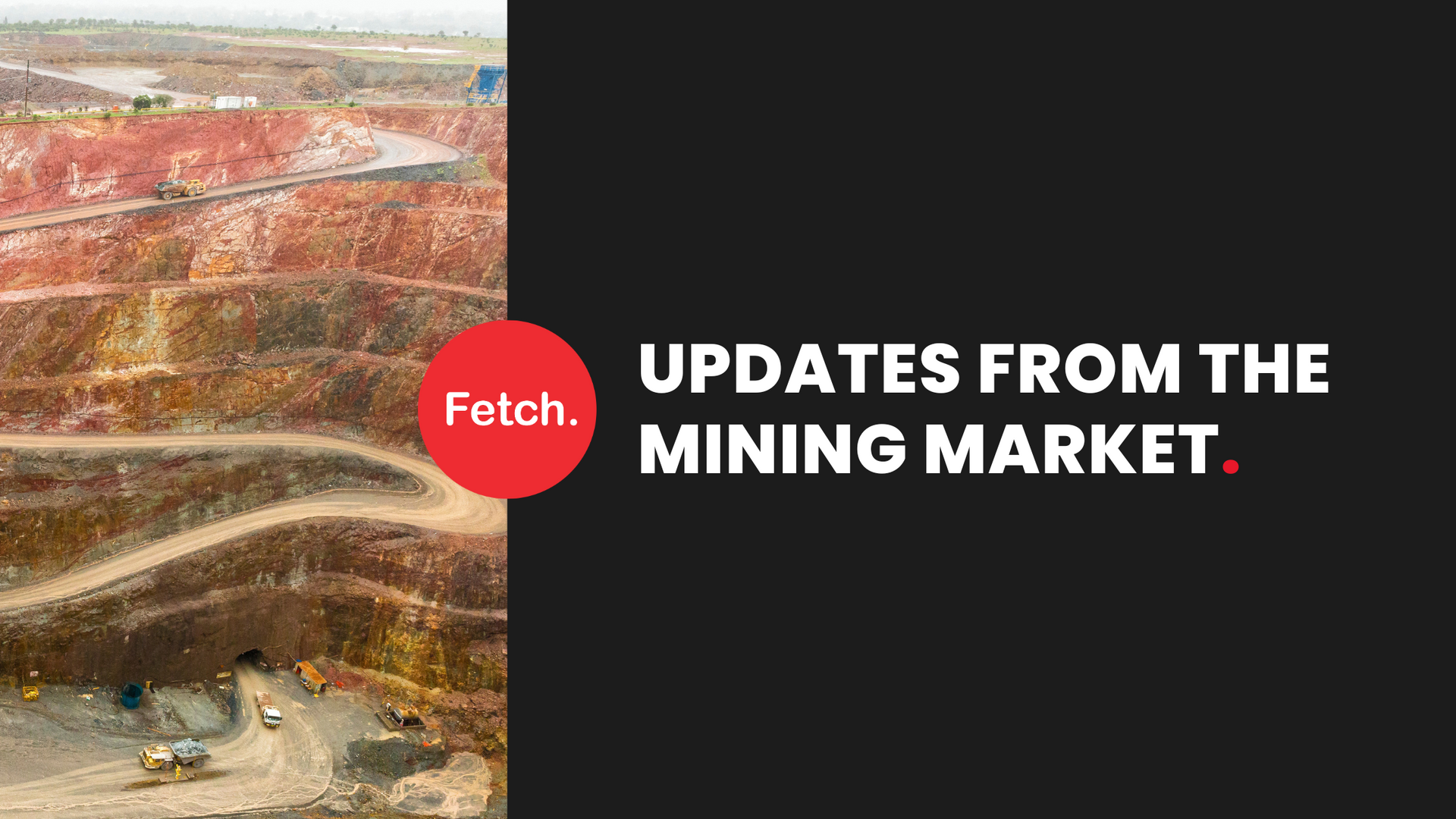
Share This Article
In 2023, the global mining market experienced a 6.1% growth, reaching over US$2145 billion, and it's projected to escalate to over US$2775 billion by 2027.
Global demand and world industrial production have provided sustained support to the mining and resources sector and the Western Australian economy over the past two decades. Over the next decade, world GDP growth is expected to average 3.3% per annum.
A report by KPMG shows the overall production outlook for the Western Australian resources sector is positive. Modest growth in production is expected, supported by the increase in capacity and growth in global industrial activity.
A mine of opportunity
The Australian mining sector as a whole contributed close to 14% of Australia’s GDP in FY23 with a record $460 billion in earnings for Australian exports of resources and energy commodities in FY23. This was fuelled by the continuing Russian and Ukrainian conflict driving commodity prices. Iron ore and gold projects strongly support our state’s mining industry which continues to be the major resources contributor to our national GDP.
We expect this activity and investment to increase over FY24 despite continued global market uncertainty.
Money in the mines
Mining job salaries in Australia are among the highest in the world. Salaries in the industry vary based on location, job type, mineral type, experience, and education.
According to the ABS data, wages continue to grow steadily – and sometimes even soar by as much as 20-25% a year for high demand occupations as employers try to address skill shortages.
If you would like Fetch to provide you salary benchmarking for any specific roles you are hiring for, please reach out toLianne Adlington - State Manager.
Women in mining
Mining is, undoubtedly, still a male-dominated industry. The Australian Government’s Workplace Gender Equality Agency says, in Australia, women currently make up 16% of the mining workforce. Analysts at McKinsey report 13% of women are at the C-suite level. This is incredibly low in comparison to the infrastructure industry, which has 22% women making up the workforce.
Australian employers have a critical role to play in addressing gender segregation and
promoting gender balance in the workforce. Fetch Recruitment believes employers can attract both women to their workforces by de-biasing and de-gendering processes for recruitment, retention, promotion, and pay as well as thinking innovatively about opportunities for training and upskilling. Workplace cultures that are supportive of gender neutral flexible working arrangements and all employees with caring responsibilities are also key.
Fetch has been provided information on progress being made that has been to encourage more women into the space, and to advance opportunities for women, such as Laing O’Rourke have female site internships in place and many companies like Aurecon providing parental leave form day 1, which is important to any female looking to leave a current employer.
A report on Women in Mining highlights in 2012, the percentage of women on boards of the top-500 listed companies globally was a mere 4.9% yet by January 1, 2022, that figure had risen to 17.6%, representing a 13% increase over the decade. Organisations with at least one woman on their board consistently outperformed those with none. This finding is backed up by ten years of research, which has shown that higher female board representation is associated with higher profitability, higher return on capital invested and better environmental, social and governance (ESG) disclosures and performance scores. By creating diverse and inclusive workplaces, and affording opportunities to enable people to maximise their talents, we will deliver strong economic growth.
Mind the [skills] gap
Mining companies are experiencing a talent squeeze. A report from McKinsey & Co reveals that 86% of mining executives find it harder to recruit and retain the talent they need versus three years ago. Not surprisingly, the highest demand is for highly skilled professionals within the industry. Yet many of the most sought-after workers do not see the industry as attractive. 70% of 15- to 30-year-olds said they probably or definitely would not consider a career in mining.
From fetch’s internal data these skilled professionals in the highest demand now are Mining professionals such as Civil, Mechanical, Geotechnical, Process and Underground Mining engineers in the white-collar sector. Followed by HD Fitters, Electricians/Auto Electricians, Process Technicians and Good Excavator/All Round Operators in the blue-collar sector.
Solutions for addressing talent shortages:
- Treating talent as a strategic pillar
- Understanding employee preference and needs
- Investing in skills development
- Promoting industry values
Reach out to our team to see how we can help.
Exploring typical roster cycles
Rosters are important to the Mining industry when it comes to recruitment as most employees are after an even time roster to have work life balance and spend equal time with families.
In 2023, the most common rostertypes offered to FIFO mine workers were:
- 8/6 roster (8 days on/6 days off). Often called the “lifestyle roster”.
- 7/7 roster (7 days on/7 days off)
- 14/7 roster (14 days on/7 days off). This roster is more common in the mineral exploration industry (e.g. drillers, drillers offsiders, and exploration geologists), where projects sites are more remote and isolated, and access to accommodation and transport is more limited.
- 5/2 roster (5 days on/2 days off). Some technical services professionals (e.g. mine planning/scheduling engineers and mine geologists) work a Monday to Friday week and choose to fly home for the weekend. It should be noted that these workers would typically have accommodation provided to them in a mining camp or residential area, so it can be considered a pseudo-FIFO roster.
The scheduling of FIFO working hours can be significantly influenced by conditions in the labour market. During periods of labour shortage, companies might offer more attractive roster cycles to attract and retain talent. On the other hand, during periods of labour surplus, companies might adopt roster cycles that enhance operational efficiency, potentially leading to longer ‘on’ periods. In essence, FIFO working hours are a careful balancing act, taking into account operational demands, regulatory requirements, and a commitment to ensuring the well-being of employees. Understanding these influencing factors can help both existing and prospective FIFO workers to navigate and advocate for favourable roster arrangements.
Life on the mines
As the race to attract and retain the best talent intensifies, companies are increasingly prioritising workplace wellness to distinguish themselves.
Mineral Resources are leading the way in acknowledging the importance of accommodating employee preferences, providing modern facilities at their four mine site accommodation villages.
This focus on improving employee wellness by investing in better infrastructure for camps sets mining companies apart, making them more favourable to work for and increases talent attraction and retention. Specifically, we know the site 'Onslow' attracts a high volume of applicants due to the known premium standard of the camp.
Motivations of mining jobseekers
Fetch recruits across both white- and blue-collar mining sectors and have found very little differences in motivators between the sectors when an employee is considering a new role. With the Mining industry heavily contract driven, the main consideration for an employee is length of contract and timeline left on the project they are working on, this is then closely followed up by the roster they are working on. The other 2 top considerations would be salary and development opportunities. If you are seeing anything different to what we are reporting please do let us know we would love to hear your opinions.


